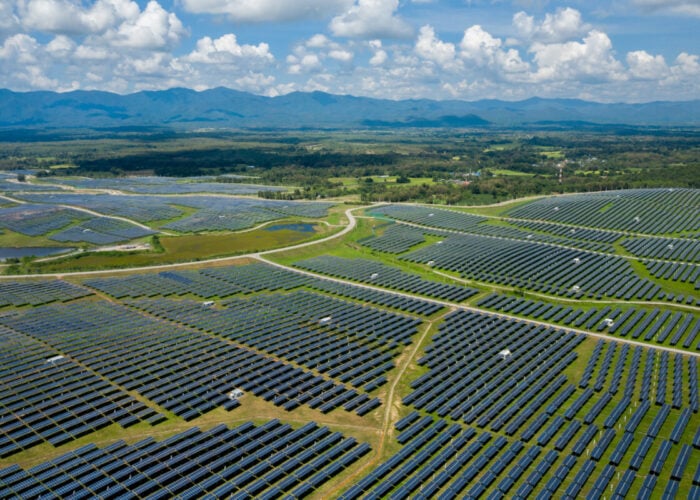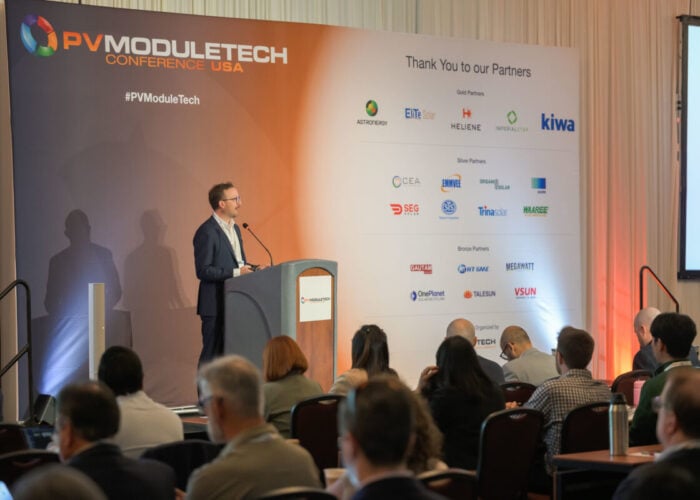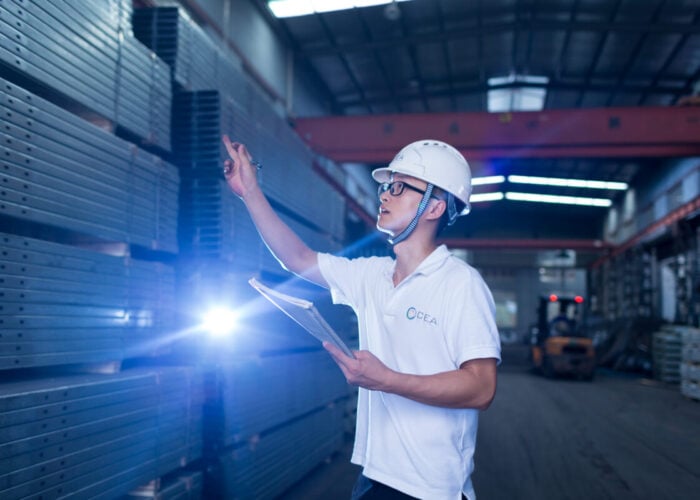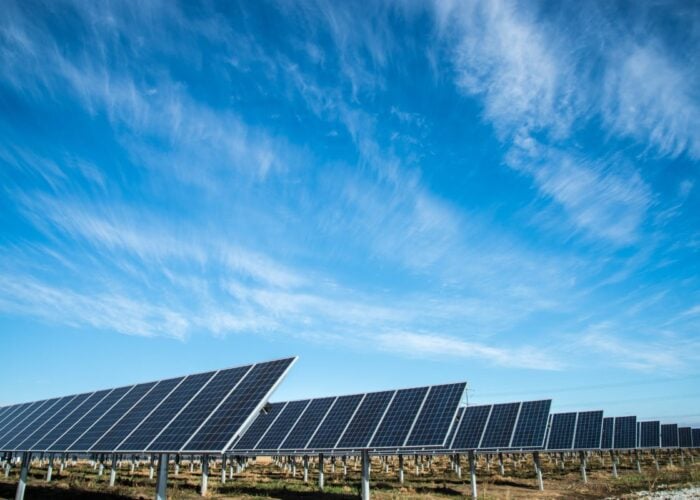
The International Energy Agency (IEA) has released its latest report into critical mineral demand amid the clean energy transition, revealing that increased demand for solar PV could drive significant demand for copper worldwide.
The report, Critical Minerals Market Review 2023, describes how meeting the world’s clean energy targets will necessitate a significant change in demand for a number of critical minerals, such as copper, lithium and nickel.
Unlock unlimited access for 12 whole months of distinctive global analysis
Photovoltaics International is now included.
- Regular insight and analysis of the industry’s biggest developments
- In-depth interviews with the industry’s leading figures
- Unlimited digital access to the PV Tech Power journal catalogue
- Unlimited digital access to the Photovoltaics International journal catalogue
- Access to more than 1,000 technical papers
- Discounts on Solar Media’s portfolio of events, in-person and virtual
Changes in global copper demand could be of particular interest for the solar sector, with copper a component of some solar systems. The copper backing used on many modules allows for a high conductivity and allows the module to function for a long period, and this is reflected in the use of copper in existing solar devices.
The Copper Alliance, the global trade body representing the copper industry, quoted from IEA figures, which show that utility-scale PV installations use around 2,500kg of copper per MW of capacity, with copper often used in busbars, cabling, inverters and transformers. As global PV installations increase, the demand for copper will only increase alongside this.
Impacts of the net-zero targets
“Two years ago, we made a landmark study on critical minerals, looking at the future, and the demand and the supply for critical minerals,” said IEA executive director Fatih Birol in a press release announcing the report. “In that report, over two years ago, we saw a looming mismatch between the demand for critical minerals and their availability. In today’s report, that we are launching … we look at whether this mismatch is still as big as that which we identified two years ago.”
“The market response – the increasing investments – is an important signifier that the markets are buying in, that the clean energy transition will be even faster in the years to come,” added Birol, pointing to how private investments in particular could be key to the world meeting its clean energy targets.
The IEA uses a number of scenarios to make its predictions, including an “announced pledges scenario” (APS), in which the group makes predictions for mineral demand based on policies that have already been announced by the world’s governments and projects planned to be built by private investors.
Another scenario is the critical net-zero scenario, based on policies that will need to be implemented to reach net-zero emissions by 2050, as outlined in the Paris Agreement.
The net-zero scenario is the most ambitious of the scenarios presented, and will require the greatest change from the current energy mix, driving a significant change in mineral demand. According to the report, annual copper demand will see the greatest increase among commodities over the coming years, from just under five million tonnes in 2022 to just over 12Mt (million tonnes) by 2030 in the APS and just over 15Mt in the net-zero scenario.
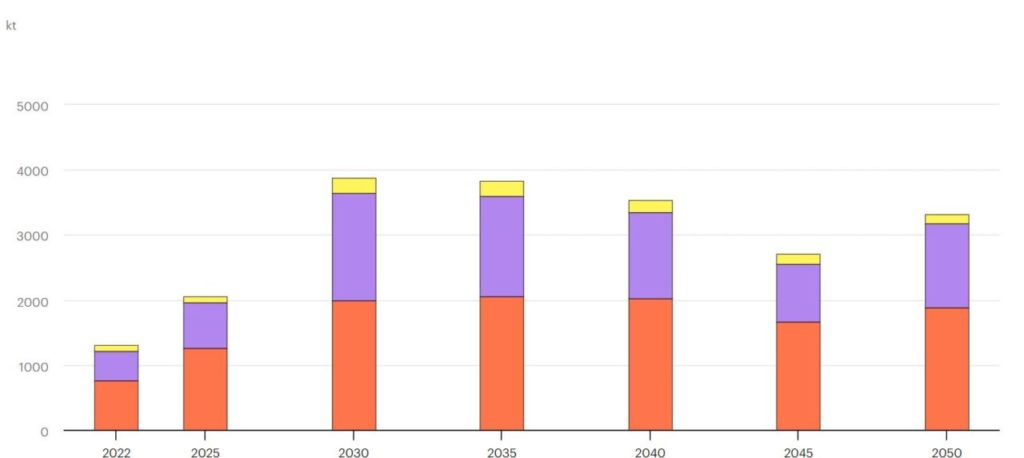
Solar power driving copper demand
“We’re closer to the beginning of the journey than to the end,” said Tim Gould, IEA chief energy economist at the launch of the report. “The overall demand for critical minerals will grow by three and a half times by 2030. Clean energy is already the main source of demand growth, but by 2030, the energy sector will account for some 90% of lithium demand, nearly 60% for nickel and cobalt, and 45% for copper.”
Data from the report also shows the extent to which each form of renewable power will contribute to this change in demand. In the case of copper specifically, “electricity networks” will drive the greatest change in copper demand by 2050 in the net-zero scenario, accounting for just over 20% of the new copper demand. Considering copper’s use in electricity infrastructure, from wiring and switches to monitoring systems, this is little surprise.
Yet the report also tied solar PV to growing copper demand. The data suggests that annual global copper demand in the solar PV sector specifically will increase from 756.8kt (kilotons) in 2022 to a peak of 2,062.5kt in 2035, and down to 1,879.8kt in 2050.
Gould noted that the global copper supply in 2030 will be close to 30Mt, if the world’s announced copper projects begin production as expected. Considering the necessity of copper to the global solar sector, this could be good news for solar in particular, as the industry could see its mineral demand met over the coming decade, unlike other sectors, which are reliant on commodities such as lithium, nickel and cobalt, where planned supply is currently not expected to meet demand.
The fact that copper is also widely recycled could be of further benefit to the solar sector, as this can help meet the sector’s demand for the metal. According to the Copper Alliance, 8.7 million tonnes of copper used per year comes from the recycling of scrap copper, and over the last decade, 32% of annual copper use came from recycled sources.

Long-term uncertainties
However, there are concerns about the long-term availability of copper, which could prove challenging for solar in the long-term.
“For copper, we see very strong demand growth in the next decade as we pursue clean energy goals, as copper is used a wide range of clean energy projects, including energy networks and renewables,” said Tae-Yoon Kim, lead author of the IEA’s report. “If you look at the project pipeline in the medium-term, we don’t see a number of high-quality, large-scale projects, that means there could be some strains in the medium-term or long-term to meet copper demand in the coming years.”
More broadly, the average price of installation of many renewable power technologies has increased in recent years, ending years of steady decline, potentially making it more challenging to build new clean power facilities.
The average price of installing a wind turbine increased from around US$750,000 per MW in 2019 to around US$800,000 per MW in 2022, while the price of building a solar panel increased from around US$200,000 per MW in 2022 to nearly US$250,000 per MW in 2022. While the price of solar installation is still much lower than a decade ago, when it was as high as US$700,000 per MW in 2014, recent changes in mineral demand has had a knock-on effect on the price of technologies that rely on those minerals.
“It’s higher prices for some of these critical mineral inputs that is behind that slight uptick in costs,” said Gould, warning that higher installation prices could be a consistent challenge for the sector. “And while critical mineral prices have come down this year, it won’t take much for us to see a resumption of those cost pressures.”



